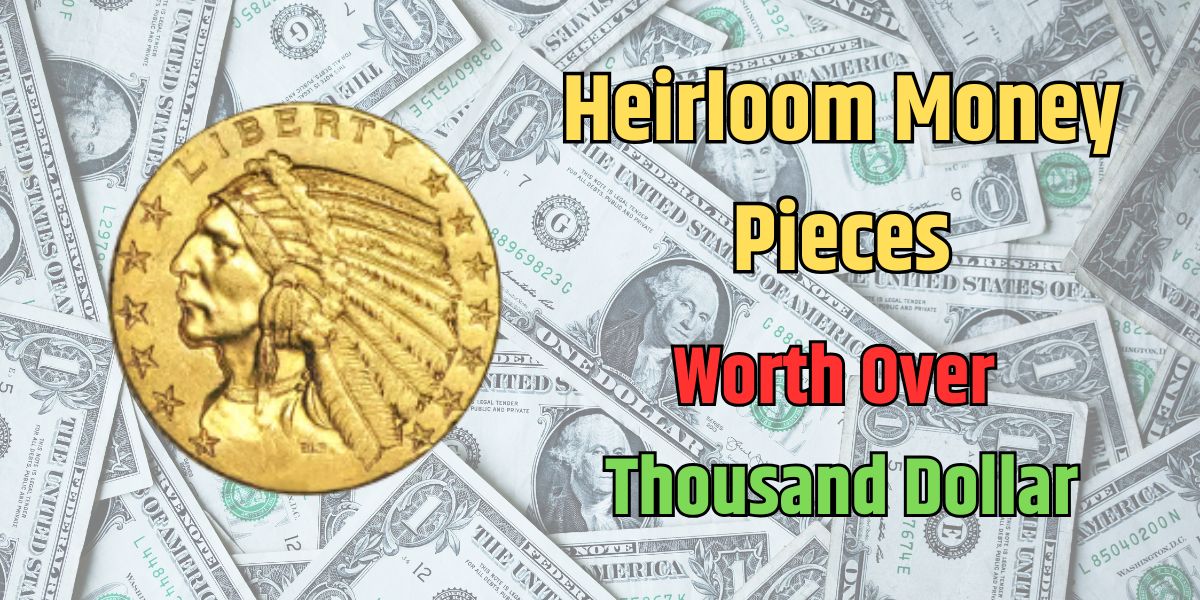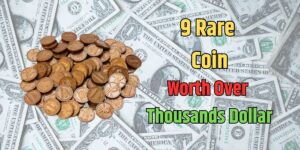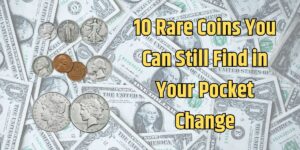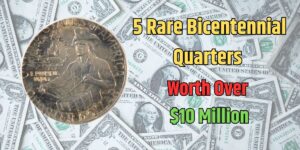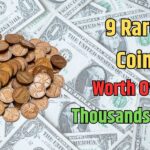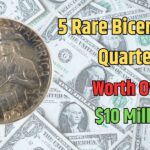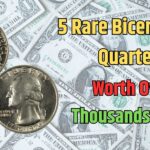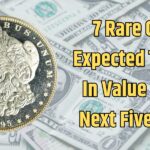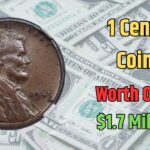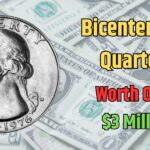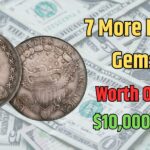Coin collecting is a fascinating pursuit that combines historical exploration, artistic appreciation, and financial opportunity. From ancient artifacts to modern minting errors, valuable coins captivate collectors with their stories and rarity. Below, we delve into six intriguing coins, each offering a glimpse into a different era of numismatic history, and provide practical advice for identifying and valuing coins in your collection.
Six Coins Collectors Treasure
1. Boy and Dolphin Coin (281–240 B.C.)

This ancient Greek tetradrachm is a masterpiece of classical artistry, featuring Poseidon’s son riding a dolphin on one side and a man on horseback on the other.
- Why It’s Valuable:
- Historical Significance: A tangible piece of ancient Greek mythology and culture.
- Accessibility: Despite its age, collectors can acquire it for around $795.
- Collector’s Appeal: Its intricate design and ties to Greek history make it a standout among classical coins.
2. 2004 Wisconsin State Quarter with Extra Leaf
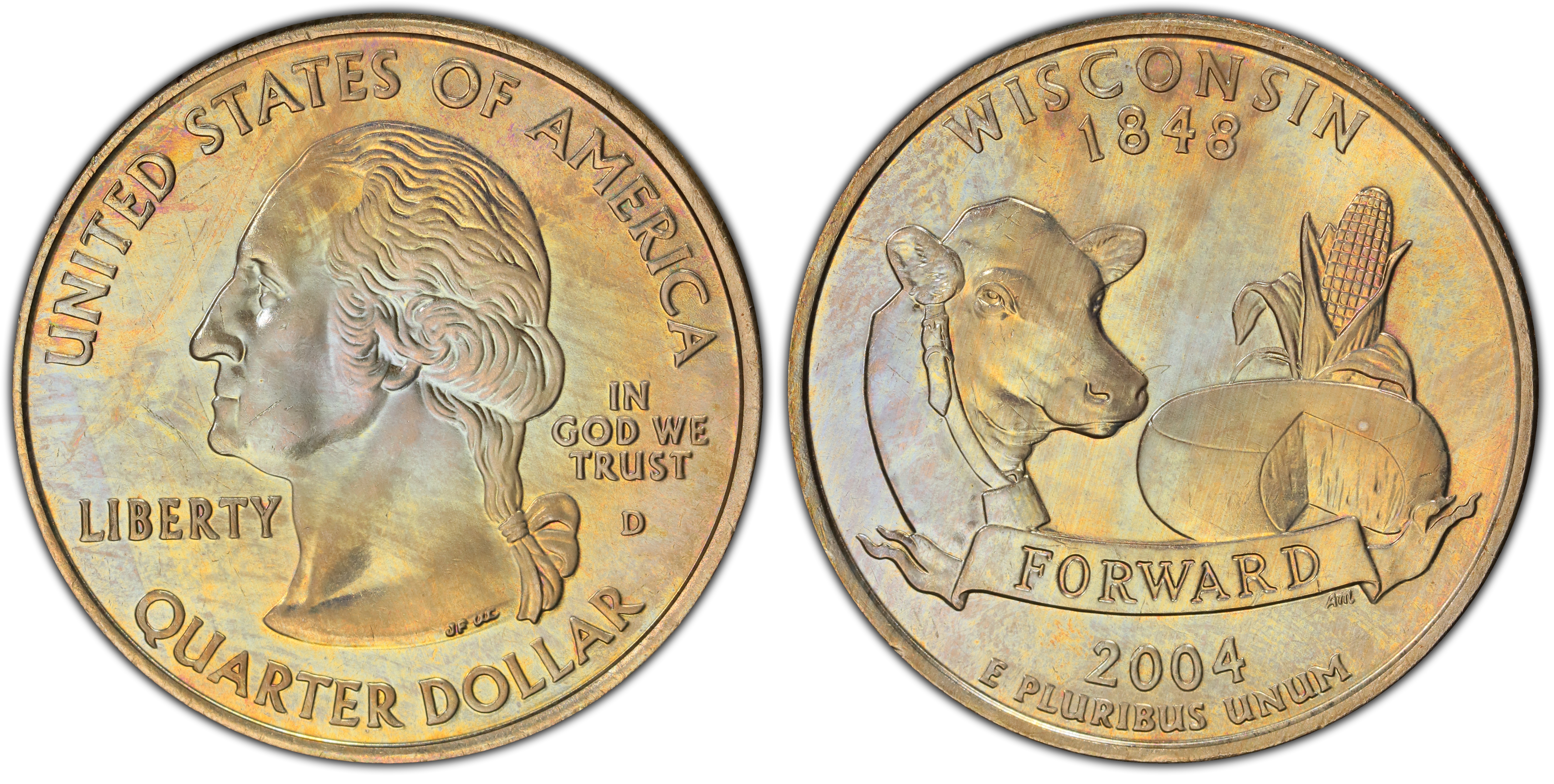
A modern coin with a minting error, this quarter features an extra leaf on the cornstalk, creating two collectible variations: High Leaf and Low Leaf.
- Why It’s Valuable:
- Minting Error: Unintentional details elevate its appeal.
- Market Value: Prices can reach up to $849 on platforms like eBay.
- Collector’s Appeal: An example of how contemporary coins with errors become sought-after collectibles.
3. 1914-D Lincoln Wheat Cent
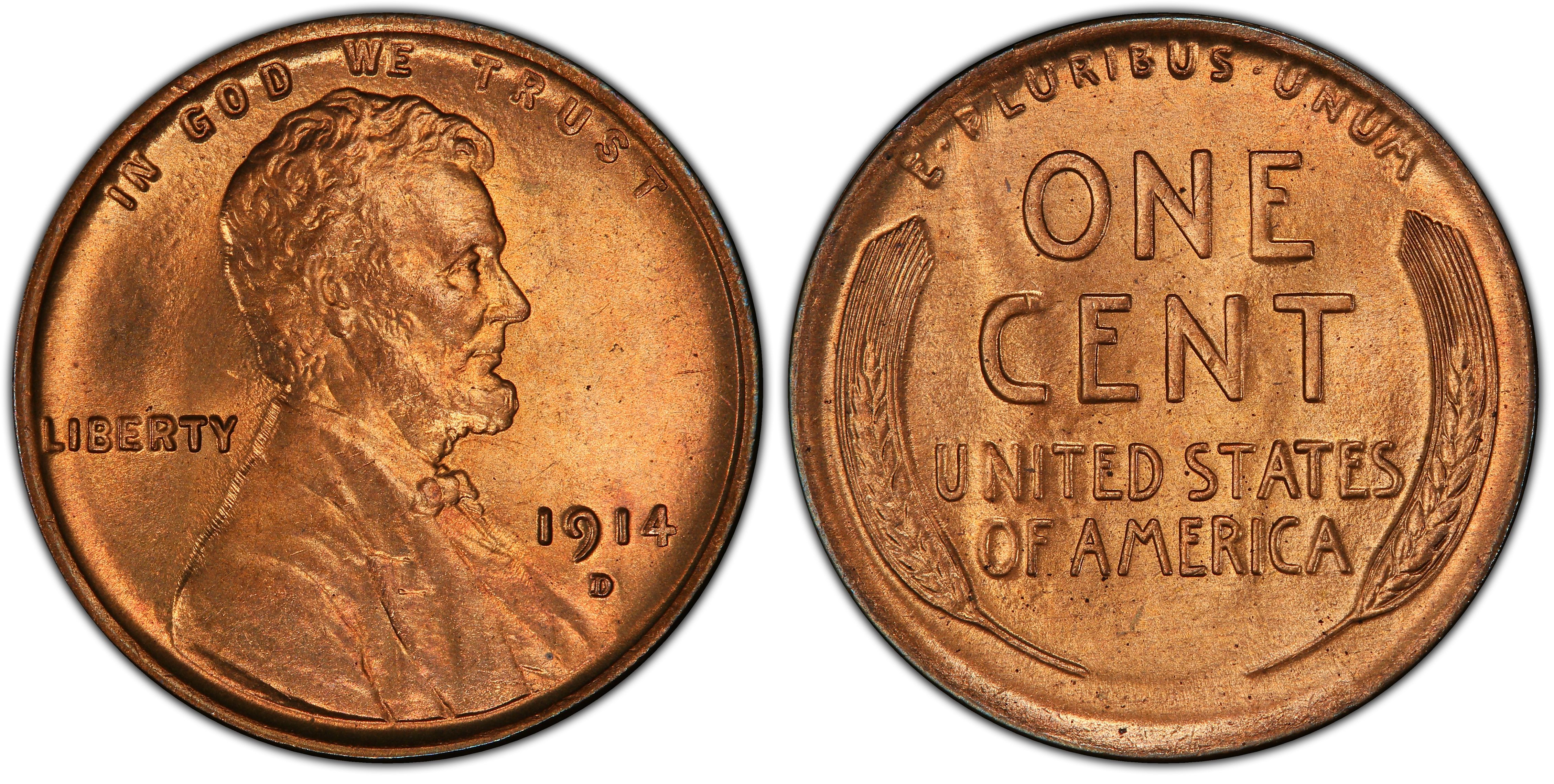
This classic coin is a staple for Lincoln cent enthusiasts due to its low mintage and enduring legacy.
- Why It’s Valuable:
- Rarity: Only 1.2 million were minted.
- Value Range: Sells for $175 or more in good condition.
- Collector’s Appeal: A beloved piece for those focused on early 20th-century American coinage.
4. 1916-D Mercury Dime
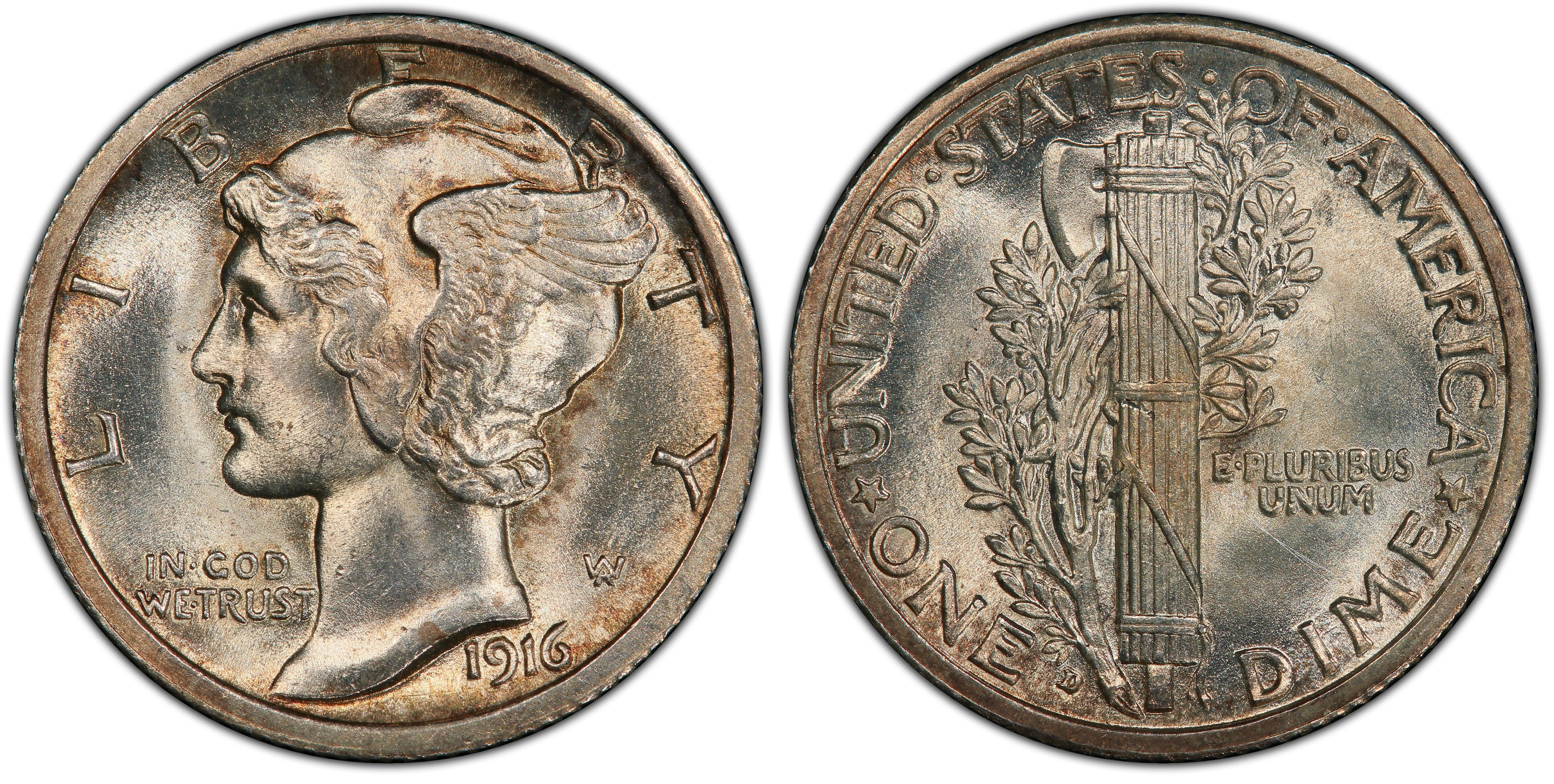
With its striking design and limited availability, the 1916-D Mercury Dime is a favorite among collectors.
- Why It’s Valuable:
- Low Mintage: Only 264,000 produced, making it one of the rarest U.S. dimes.
- Value Range: $800–$831 depending on condition.
- Collector’s Appeal: Combines beauty and rarity, making it essential for U.S. coin collections.
5. 1921 Peace Dollar

Introduced to commemorate the end of World War I, this coin embodies peace and post-war optimism with a stunning high-relief design.
- Why It’s Valuable:
- Historical Context: High-relief coins were briefly produced due to minting difficulties.
- Value Range: $125–$240 depending on preservation.
- Collector’s Appeal: Its design and significance as a peace symbol attract collectors.
6. Pre-1933 U.S. Gold Coins
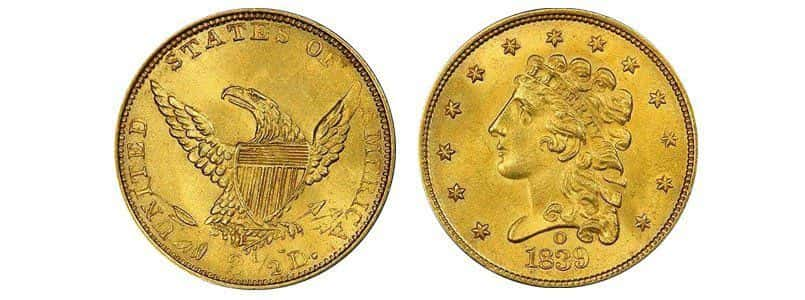
These coins, minted with 90% gold, are highly sought after for their intrinsic value and historical importance.
- Why It’s Valuable:
- Gold Content: The metal’s value underpins their worth.
- Historical Significance: Reflects the era when gold was central to the U.S. monetary system.
- Value Range: Starts at $150, with rare or high-grade pieces commanding a premium.
- Collector’s Appeal: Prized for their dual appeal as precious metal and historical artifact.
Key Factors That Determine a Coin’s Value
| Factor | Why It Matters |
|---|---|
| Rarity | Low mintage or surviving examples increase demand and value. |
| Condition | Graded on a scale of 1–70, mint or near-mint coins fetch the highest prices. |
| Historical Significance | Tied to notable events or periods, adding cultural and sentimental appeal. |
| Minting Errors | Unique flaws like double strikes or misprints make coins highly collectible. |
| Collector Demand | Popular coins with strong demand often achieve higher market prices. |
Tips for Identifying Valuable Coins
- Check Mint Marks
- Mint marks (e.g., “D” for Denver, “S” for San Francisco) indicate where a coin was produced and can influence value.
- Inspect for Errors
- Look for anomalies like off-center strikes, double dies, or missing letters.
- Research Key Dates
- Certain years correspond to limited mintage or historical importance.
- Consult Price Guides
- Resources like the Red Book, PCGS, or NGC provide up-to-date values and descriptions.
- Seek Professional Appraisal
- Certified grading services authenticate and evaluate your coin, providing peace of mind and market credibility.
Turning a Hobby into Treasure
Coin collecting is more than a pastime—it’s a journey through history, culture, and artistry. From ancient Greek coins like the Boy and Dolphin to modern rarities like the 2004 Wisconsin State Quarter, valuable coins come in many forms. Whether you’re a seasoned numismatist or a beginner, understanding what makes coins valuable can help you uncover hidden treasures and appreciate the rich stories they carry.
FAQs
How can I determine if my coin is valuable?
Evaluate rarity, condition, historical context, and demand. Consulting professional appraisal services or trusted price guides can help.
Why are minting errors so valuable?
Errors are rare and create unique variations, making them highly desirable among collectors.
Are gold coins always a good investment?
Pre-1933 U.S. gold coins are popular among collectors and investors due to their intrinsic value and historical significance. However, market fluctuations can affect their worth.
Can modern coins be valuable?
Yes, coins like the 2004 Wisconsin State Quarter demonstrate that contemporary pieces with errors or unique features can become collectibles.
Where can I sell valuable coins?
Reputable auction houses, coin dealers, and online platforms like Heritage Auctions or eBay are excellent venues for selling valuable coins.
